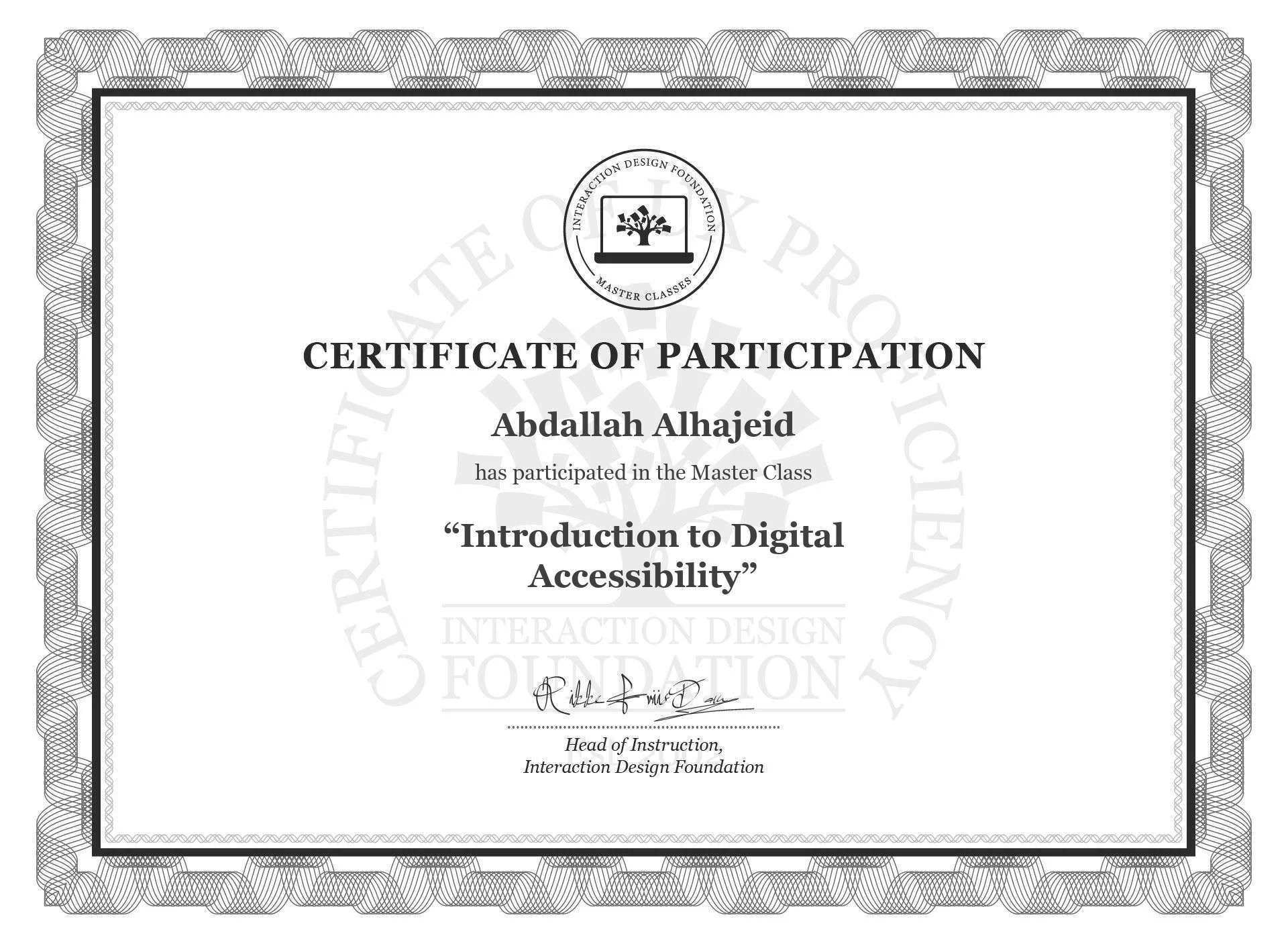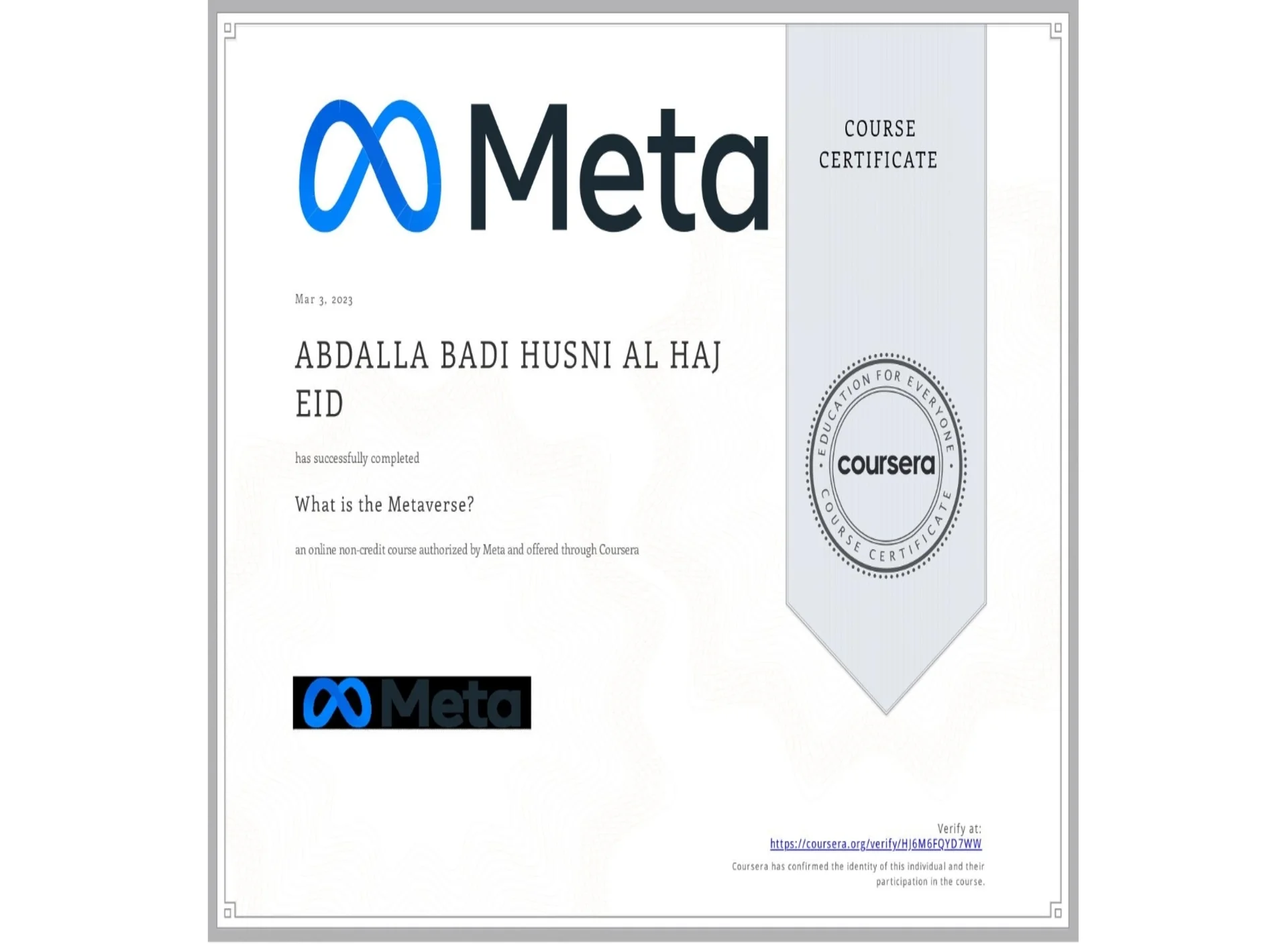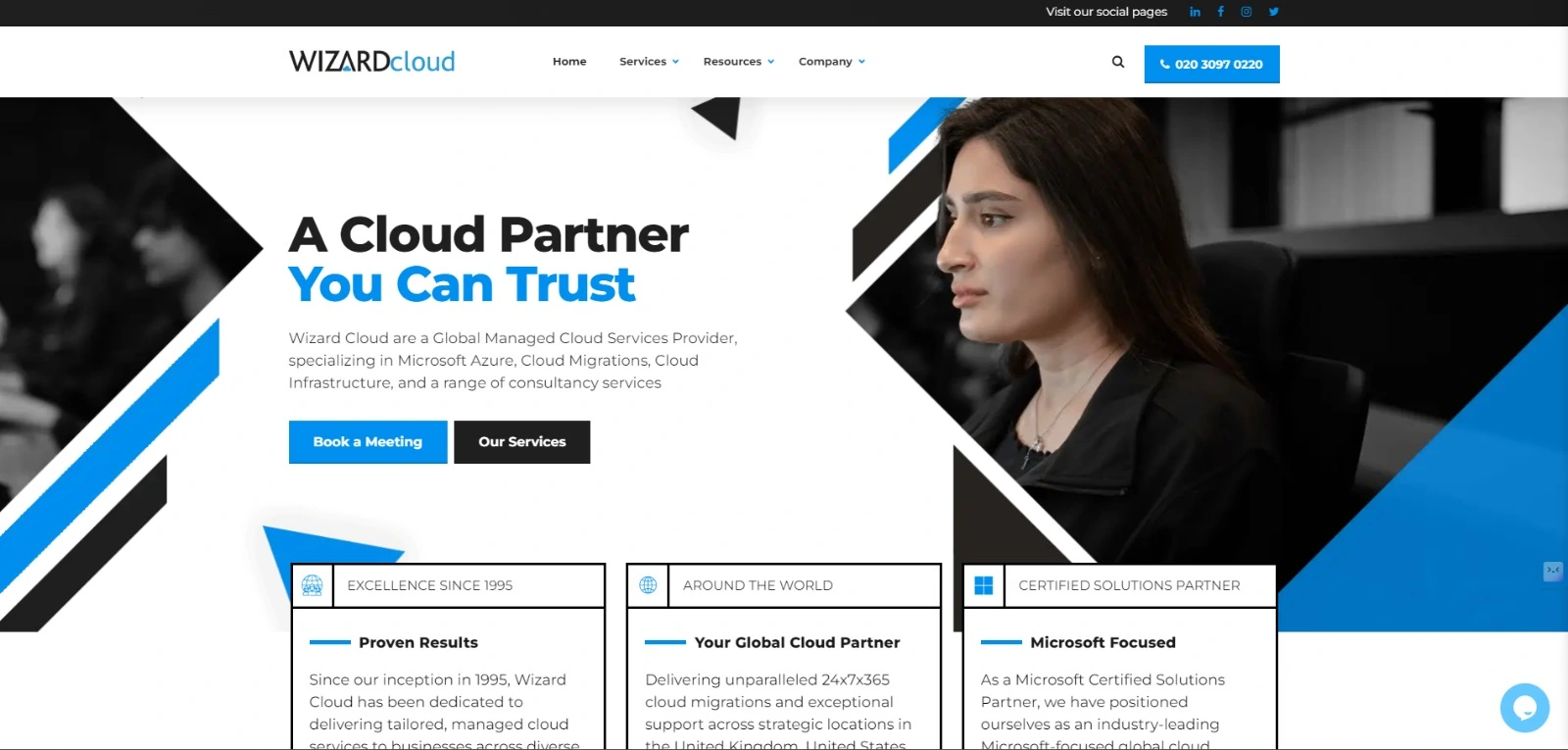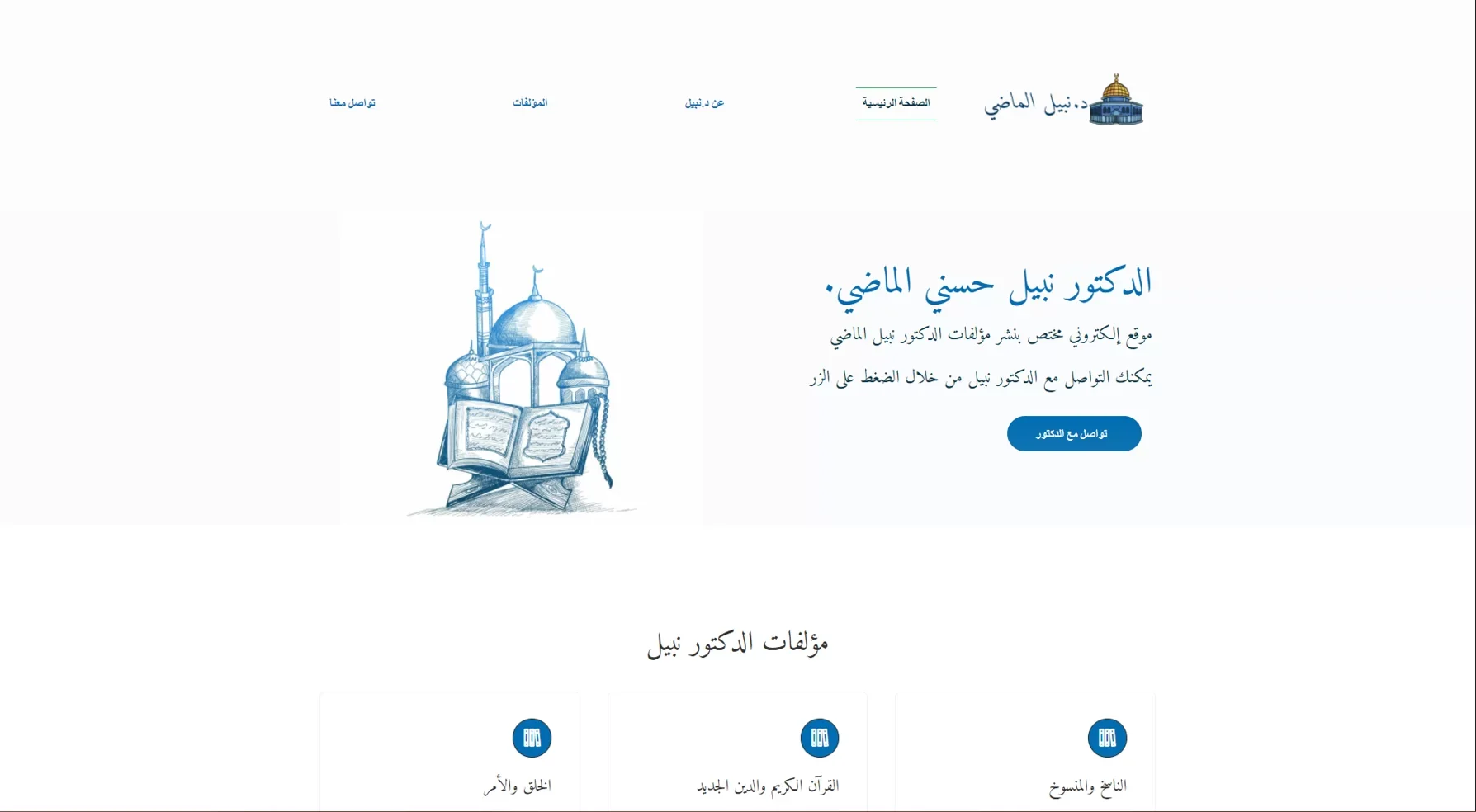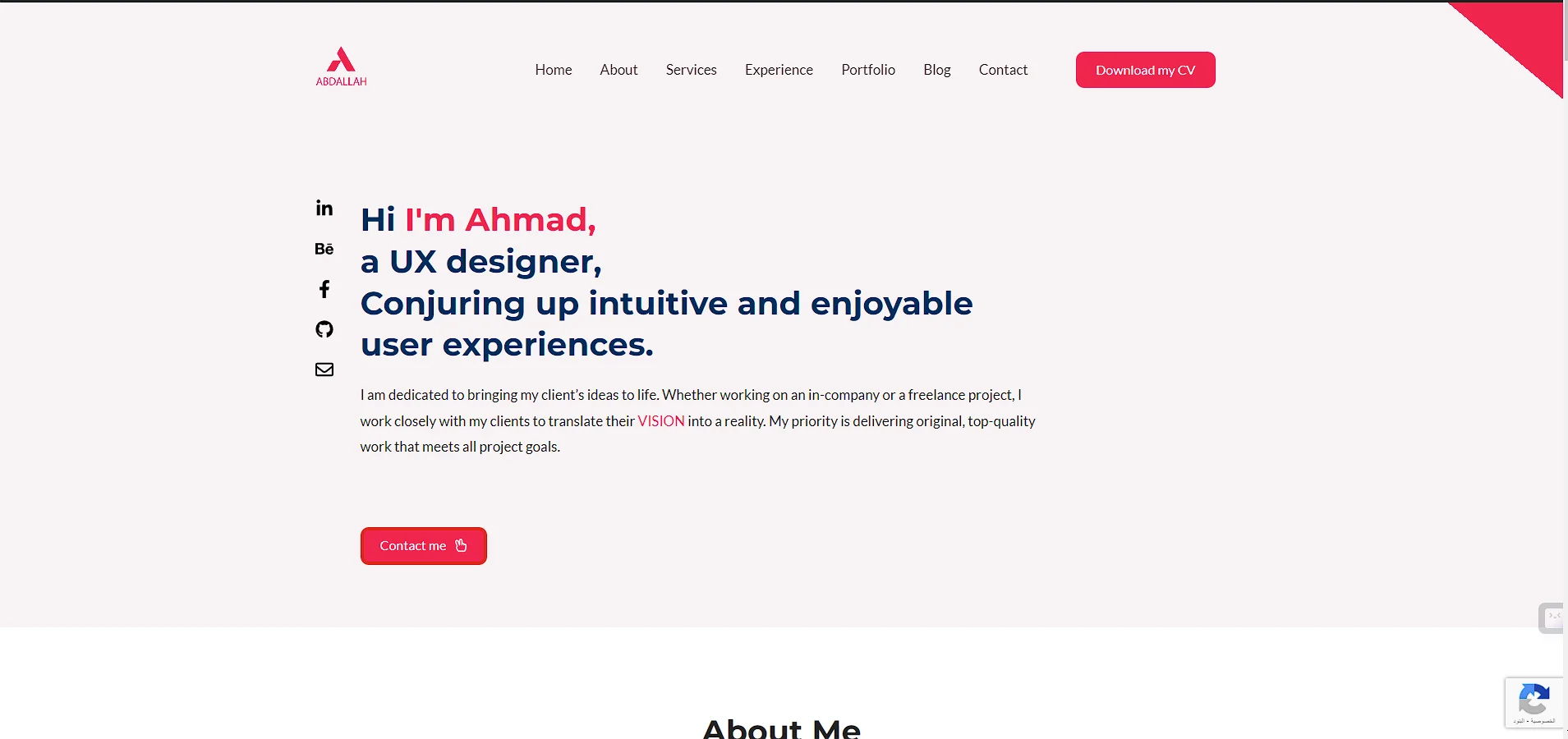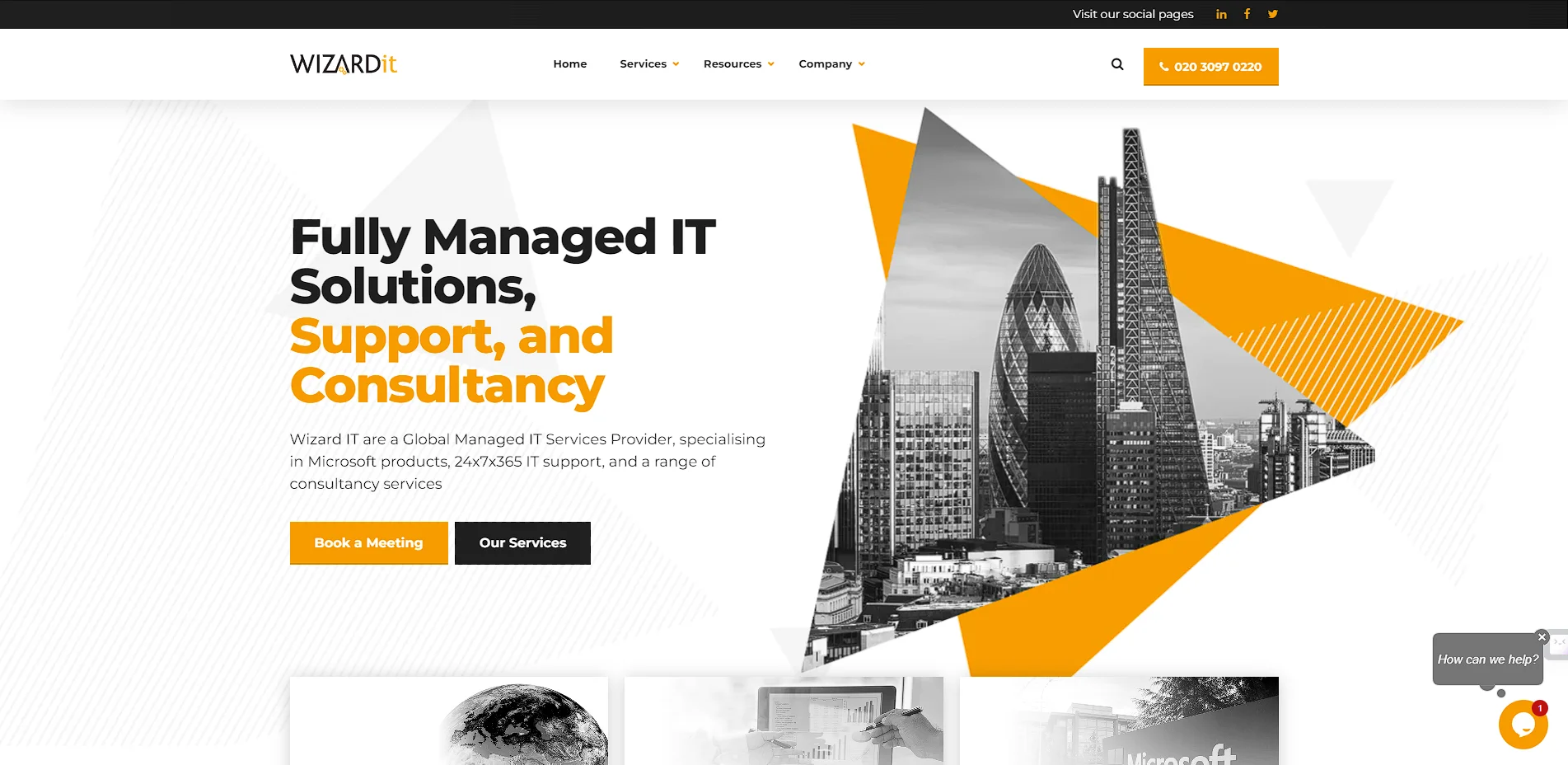When developing a website, the ultimate goal is to
attract as many relevant visitors as possible. One key factor in
achieving this is to create a user-friendly website that is easy for
users to navigate and find the information they need. In this
article, we’ll review some best practices for designing and
developing a user-friendly website.
What is a User-Friendly Website?
A user-friendly website is one that is easy for users to understand
and use. According to usability expert Jakob Nielsen, “Usability is
a quality attribute that assesses how easy user interfaces are to
use. The word ‘usability’ also refers to methods for improving
ease-of-use during the design process.” (Nielsen, 1994) In other
words, a user-friendly website should be well-organized, with clear
and concise information that is easy to access.
Creating a user-friendly website is not just the responsibility of
the developers and designers; it’s important to consider the
capabilities of the users as well. As user knowledge and
expectations evolve, it’s important to continuously work to
modernize and improve the user experience.
Steps to Create a User-Friendly Website
Think like a user Before you even start building your website, take
the time to consider what users might expect to find on your site
and how you can provide them with information and solutions. Think
about what might cause a user to stop browsing your site, and
consider the easiest ways for users to communicate with you through
the website. As user experience designer Jan Jursa explains
By putting yourself in your users shoes, you can more easily
identify
their needs and preferences, and design your product or service
accordingly.
Use a pencil ✏️
Start by sketching out the overall shape of your site, including all
its pages, components, and elements. Keep in mind the users needs
and whether the general layout will meet these needs. Make sure
there are no repetitions of elements that perform the same function,
and ensure that all elements include the information that users
need. By taking the time to carefully plan the layout and structure
of your site, you can help ensure that it is easy for users to
navigate and find what they are looking for.
Consult before implementation 🧑💻
After you have a rough idea of the website’s layout, it’s important
to get feedback from others. Involve people who are related to your
business and those who are interested in your field, as well as
those close to you. This can help you identify any potential issues
or areas for improvement that you may not have thought of on your
own. As usability expert Steve Krug advises, “Don’t make me think.
Testing one user early in the project is better than testing 50 near
the end.” (Krug, 2000) By testing your website with a small group of
users early on, you can identify and fix any usability issues before
the site is launched.
4 Tips for Developing a User-Friendly Website
1- Mobile compatibility is a must
More than 65% of internet users now access the web via their mobile
phones, so it’s important to ensure that your website is compatible
with these devices. According to a study by SimilarWeb, “In 2020,
mobile devices generated 52.2% of global website traffic, up from
50.81% in the previous year.” (SimilarWeb, 2020) By making sure your
website is mobile-friendly, you can ensure that it is accessible to
the majority of your users.
2- Page loading speed is important
In addition to being mobile-friendly, it's important to ensure that
your website loads quickly. According to a study by Kissmetrics, "A
1-second delay in page load time yields:"
- 11% fewer page views
- 16% decrease in customer
satisfaction
- 7% loss in conversions
(Kissmetrics, 2013) On average, pages should load in less than 5
seconds; otherwise, users may become frustrated and leave the site. To
improve page loading speed, you can optimize images, minimize the use of
large files and scripts, and use a content delivery network (CDN).
3- Use clear and concise language
When writing content for your website, it’s important to use clear
and concise language that is easy for users to understand. Avoid
using jargon or technical terms that may be confusing to users, and
use headings and subheadings to help break up the text and make it
easier to scan. Additionally, consider using bullet points or
numbered lists to make important information easy to identify and
remember.
4- Provide relevant and useful content
In addition to using clear and concise language, it’s important to
make sure that the content on your website is relevant and useful to
your users. Consider the needs and interests of your target
audience, and provide information that is valuable and helpful to
them. By offering high-quality content that meets the needs of your
users, you can help to establish your website as a trusted and
valuable resource.
Conclusion
In conclusion, creating a user-friendly website is essential for
attracting and retaining visitors, and for providing a positive user
experience. By following the steps outlined in this post, you can
help ensure that your website is easy to use and meets the needs of
your users.
If you want to learn more about usability and user experience (UX),
consider subscribing to the Interaction Design Foundation (IXDF).
IXDF is a non-profit organization that provides high-quality
education in the field of UX design. With IXDF, you can access a
wealth of resources, including online courses, articles, and
webinars. Follow this link to learn more about their courses and get
your free two months when you subscribe: Click
here












